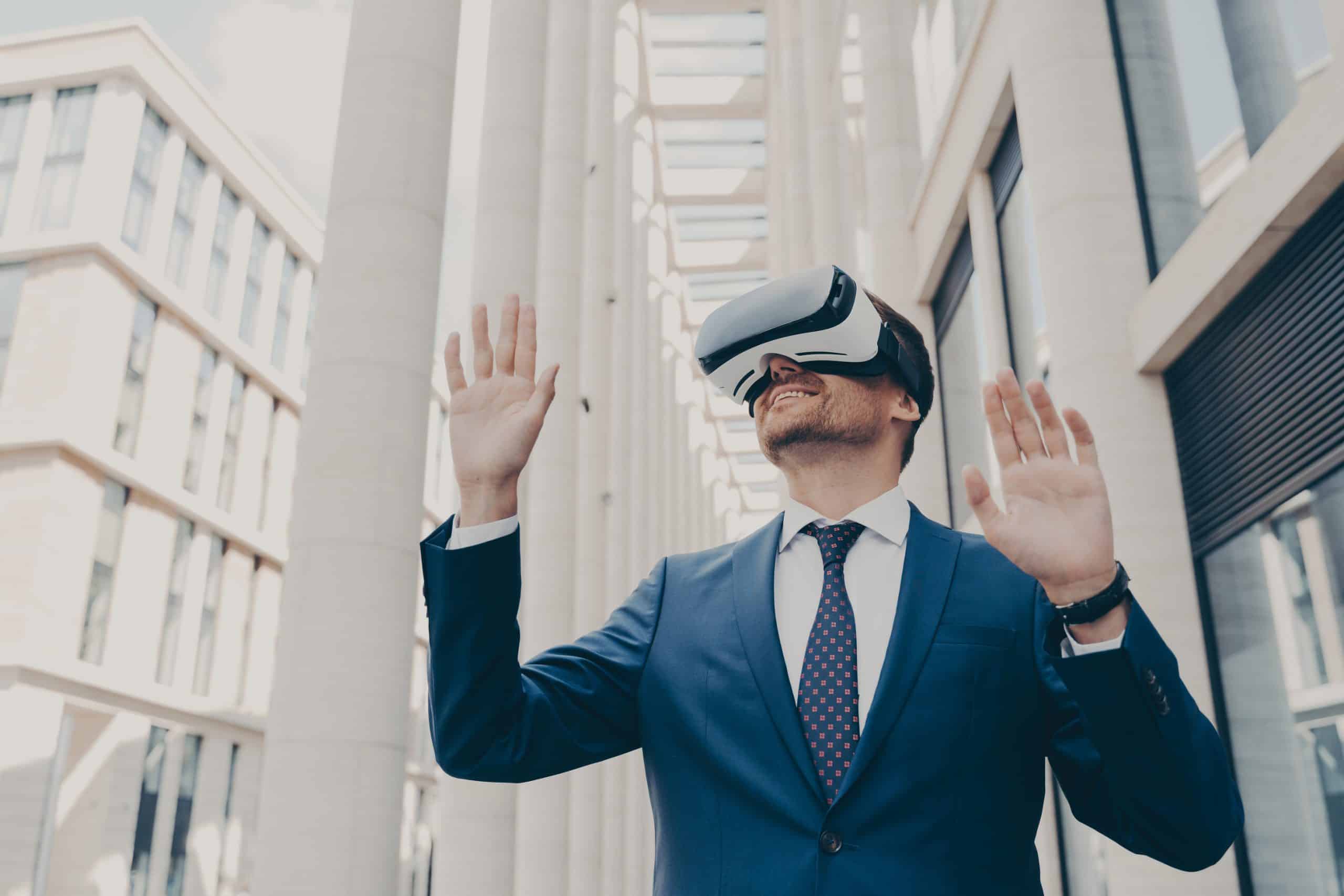Augmented reality (AR) is revolutionizing the museum experience worldwide. It offers a powerful tool for storytelling, transforming static exhibits into interactive, engaging narratives. UK museums are at the forefront, leveraging this technology to create unforgettable visitor experiences. This article aims to guide you on how to utilize AR to enhance visitor engagement and learning within UK museums.
Understanding the Potential of Augmented Reality
Before delving into the specifics of implementing augmented reality, let’s first understand its potential. AR blurs the line between digital and physical worlds, overlaying digital objects onto the real world. This technology has been widely adopted in various sectors, including education, entertainment, and tourism. In the context of museums, AR can breathe life into static exhibits, making them more engaging and immersive.
Sujet a lire : What Are the Environmental Impacts of the UK’s Shift to Electric Public Buses?
AR makes use of a device – a smartphone or a tablet – and custom-designed applications. When pointed at specific markers or targets, the device provides additional information or triggers certain actions. This can entail 3D models, animations, audio descriptions, or even interactive games.
Making Learning Engaging and Interactive
Traditional museum exhibits are admired from a distance. However, AR offers a more hands-on experience. It allows users to interact with digital overlays, manipulate them, and uncover hidden layers of information. This transforms the museum visit from a passive viewing into an active learning experience.
Cela peut vous intéresser : What’s the Importance of Digital Archiving for UK’s Historical Document Preservation?
Say, for instance, a museum has an exhibit of a dinosaur skeleton. With AR, visitors can point their devices at the skeleton and see it come to life in full 3D animation. They can watch the dinosaur move, hear its sounds, and learn how it interacted with its environment. Such experiences are not only exciting but also educational, providing a highly effective means of learning.
Enhancing Accessibility and Inclusion
AR can significantly enhance accessibility, making museum visits more inclusive. By providing audio descriptions, subtitles, and sign language interpretation, it aids visitors with sensory impairments. Moreover, AR can offer translations into multiple languages, thus catering to non-English speaking visitors.
How to Implement Augmented Reality in Museums
Having understood the potential of AR, the next step is figuring out how to implement it. This process involves several stages, each contributing to the successful deployment of AR.
Application Development
The first step is to develop an application that visitors can download onto their devices. This application should be intuitive and user-friendly, allowing visitors to easily navigate and access the AR features. It should also be compatible with different operating systems and device types.
The application should include markers or targets that trigger the AR features. These can be strategically placed throughout the museum, encouraging visitors to explore different areas.
Content Creation
Creating engaging content is key to a successful AR experience. This should align with the museum’s existing exhibits, enhancing rather than replacing them. The content can vary greatly, from 3D models and animations to interactive quizzes and games.
It’s important that the content is accurate and informative. To ensure this, collaborate with historians, archaeologists, or other subject matter experts. Also, consider the audience. The content should be suitable for a range of age groups and cater to different learning styles.
Marketing and Promotion
Once the application is ready and the content created, it’s time to promote the AR experience. Use the museum’s website, social media channels, and email newsletters to reach out to potential visitors. You can also collaborate with schools, community groups, and tourism agencies.
Offer how-to guides and tutorials to help visitors understand how to use the AR features. Also, provide customer support to assist with any technical issues.
Monitoring and Evaluation
To determine the success of the AR experience, it’s essential to monitor and evaluate its impact. This can help identify any issues and areas for improvement.
Gathering Feedback
Feedback from visitors is invaluable. Use surveys, focus groups, and one-on-one interviews to gather opinions about the AR experience. Encourage visitors to leave reviews on the museum’s website or app store.
Tracking Usage
Monitor how visitors are using the AR features. Analyze data such as the number of downloads, length of usage, and which features are most popular. This can provide insights into what works and what doesn’t, guiding future improvements.
Future of Museums with Augmented Reality
With advancements in AR, the museum experience is set to become more immersive and interactive. From virtual tours to personalized learning, the possibilities are endless.
The UK, with its rich history and diverse museums, is well-positioned to lead this digital transformation. By integrating AR into the museum experience, we can breathe new life into the past, making history more engaging and accessible for all.
Leveraging Partnerships for Successful AR Implementation
Building a successful AR experience is not a solo mission. One of the most effective ways to ensure success is by leveraging partnerships with tech companies, educational institutions, and government bodies. These entities often have the resources and expertise necessary to help museums create engaging AR experiences.
Partnerships with technology companies are particularly advantageous. These companies can provide the technical skills needed for AR development and troubleshooting. They can also offer valuable insight into the latest AR trends and innovations, ensuring that the museum’s AR experience is cutting-edge.
Meanwhile, educational institutions can contribute in terms of content creation. Professors and students from history, archaeology, and art departments can provide accurate and engaging information for the AR experience. They can also use the project as a learning opportunity, gaining hands-on experience in AR development.
Government bodies, on the other hand, can provide financial support. Given the potential of AR to enhance education and tourism, government agencies may be willing to fund AR projects in museums. This can help offset the cost of AR development, making it a more viable option even for smaller museums.
Finally, partnerships with other museums can also be beneficial. Museums can share their experiences and learn from each other, avoiding potential pitfalls and building on each other’s successes. Collaboration over competition is key in the world of AR – by working together, museums can create even better visitor experiences.
Conclusion: Embracing the Future of Museums with Augmented Reality
In conclusion, augmented reality offers a transformative potential for UK museums. It presents a fresh approach to learning that captures the imagination and engages visitors of all ages. Beyond that, it significantly enhances accessibility, making museums more inclusive and appealing to a broader audience.
To implement AR successfully, museums must understand its potential and capitalize on it. This involves developing a user-friendly application, creating engaging content, promoting the AR experience effectively, and evaluating its impact. At the same time, leveraging partnerships with tech companies, educational institutions, and government bodies can greatly aid in the implementation process.
Looking ahead, the future of museums with AR appears bright and exciting. As technology evolves, so too will the possibilities for AR in museums. From hyper-realistic 3D models to immersive virtual tours, the potential is immense.
By embracing AR, UK museums can redefine the visitor experience, making it more interactive, educational, and enjoyable. It’s an exciting time to be involved in the museum sector – a time of innovation and transformation. As museums across the UK step into this new era, they are not only preserving the past but also shaping the future. They are bridging the gap between history and technology, creating experiences that are truly unforgettable.






